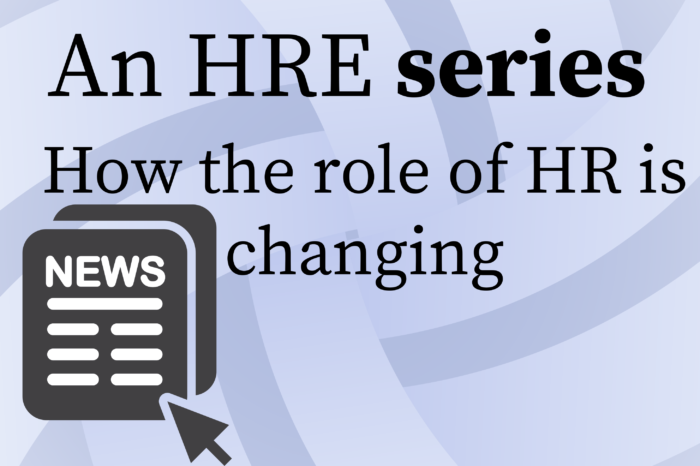Long-time observers of the HR technology industry traditionally have not considered health and safety to be part of the territory. Health was a benefits question, while safety belonged to the facilities team. Disabilities caused by work were the province of workers’ comp. The industries with on-site medical teams never purchased much talent management software.
Two powerful forces–the pandemic and the advance of intelligent tools–are changing HR’s role, the mission it serves and the technology it uses. And the neglected areas of health and safety are taking a central role in 21st century HR.
Until early this spring, the bulk of the economy worked in settings where workplace injuries were often caused by repetitive motion, as we see with carpal tunnel syndrome. Today, those same places are hotbeds of health concerns from a virus that we are just beginning to understand. The office building is now a dangerous place.
As the profession evolved, HR began to pride itself on offering definitive answers to questions. With its DNA in accounting and payroll, HR has traditionally focused on bringing certainty to ambiguous situations. Clear problem resolution became the hallmark of great HR.
But in today’s strange world, many of the answers related to employee safety are speculative. It is hard to definitively counteract a risk you do not understand. So, many planned office openings depend on solutions that “we hope” will stem the spread of the virus.
Yet, HR tech has been exploring how to make sense of new information and questions for the past decade. Speculative decision-making began to take hold with the arrival of intelligent tools (AI). HR began to learn to incorporate machine-generated inputs into decision-making. Essentially, the machine calculated a probability and the human placed the bet.
A decade’s worth of data-driven decision-making initiatives led us to overlook the fact that virtually all HR decisions are speculative, to some degree. Human bias is the difference between the data and the decision (if you allow for the fact that the data contains biases of its own). We started to learn how to see and understand that implicit flaw in decision-making.
[click_to_tweet tweet=”The #coronavirus pandemic, coupled with the advance of #intelligenttools, is giving #HR a new mandate. @JohnSumser shares, learn more” quote=”Tweet this story” theme=”style3″]
A new form of decision-making is emerging in HR functions. Machine inputs can create better decisions that are harder to make. Increasingly, the question is “What is the right thing to do?” This is the realm of ethics.
Ethics is a decision-making style involving questions. Where laws and policies offer definitive guidance (do this, don’t do that, always do this, never do that), ethics begins with the idea that we might not have the right question, the right data or both. The goal of ethical decision-making is to determine the right thing this time. Each decision illuminates our way along a path toward a better manifestation of company values. Ethical decision-making means that we are always looking for a better definition of the problem.
Related: 8 ways to reflect on your HR ethics
In much of contemporary HR, compliance with policies and laws is the final stop in big decisions. Today, things are more complex. Many decisions involving either the pandemic or intelligent tools venture into places that policies and the law have not gone. In most cases, we are years away from legislation and have to adopt solutions now.
Current events make it clear that there is a direct relationship between the health and safety of both the employee and the organization. This idea was an interesting theory before the pandemic. It is now the heart of the matter. There is a reciprocal relationship between the two.
Even more interesting is our dawning realization that employee and organizational development are two sides of the same coin. Without a solid grounding in health and safety, employee development seemed to be always evolving away from the organization’s needs.
In the mid-20th century, in-house training was all about doing the actual job. When safety was an operational requirement, there was deep alignment between training and operations. As training content grew softer, the real-time connection faded.
What makes this so exciting to me is that when health, safety and development are understood as a continuum, it becomes possible to understand the ethical framework for the use of intelligent tools.
Much like the virus, no one really knows where we are headed with AI. Privacy, transparency, management of bias, unintended consequences, numeracy, explainability, fairness, accuracy, data security and accountability are primary questions in the deployment of intelligent tools. It takes a team trained to think beyond the organization’s mindset to effectively guide the incorporation of machines as workers.
An HR framework for ethical decision-making about safety, health and development of both the organization and the employee looks pretty much the same for either AI or the pandemic. In its next phase, I imagine that HR will become the custodian of this part of the company.



